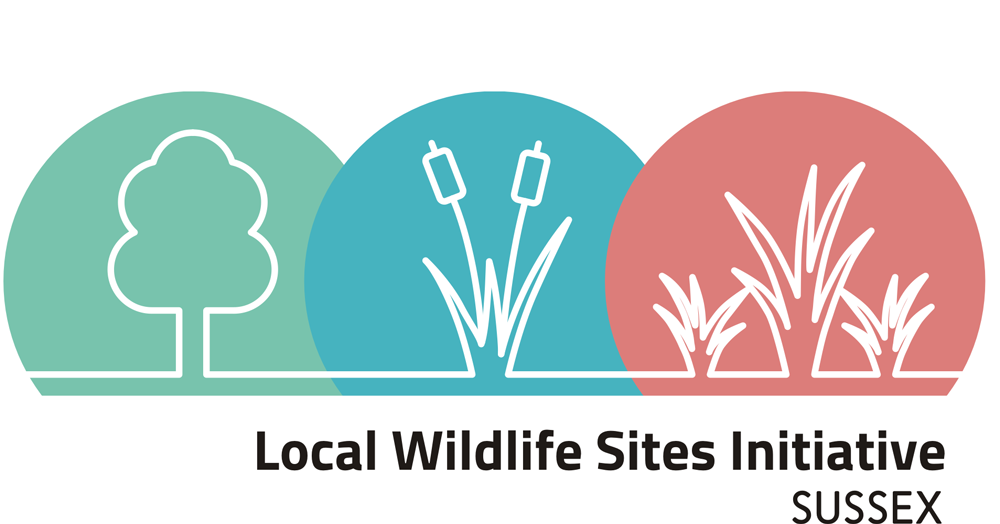


Looking after Local Wildlife Sites
Introduction
Local Wildlife Sites are amongst the best sites for wildlife in Sussex. They:
- Contain species and habitats that are uncommon in Sussex and sometimes further afield.
- Form an important component of Sussex’s nature networks, helping to connect and buffer statutory designated sites, for example, SSSIs.
- In an urban context, can be used for the appreciation of nature, education and community involvement.
- As non-statutory sites, do not place any obligations on owners.
- Do not provide additional access where none already exists.
Many of these important wildlife sites exist because they have a long history of traditional or sympathetic management. The Sussex Local Wildlife Sites Initiative encourages owners to manage their land in a wildlife friendly manner so these sites are safeguarded for the future.
 Reed swamp at Ouse Estuary Nature Reserve within Tide Mills LWS
Reed swamp at Ouse Estuary Nature Reserve within Tide Mills LWS
Information for Local Wildlife Site owners and managers
Should you be fortunate enough to be the custodian of a Local Wildlife Site, the following assistance may be available:
- An ecological survey and explanation of the wildlife value of your land.
- Advice on managing your site and how to go about producing a management plan.
- Signposting to sources of specialist advice and support with accessing appropriate grant schemes, such as those by Natural England and the Forestry Commission.
To find out more please email: LWS-Sussex@sussexwt.org.uk